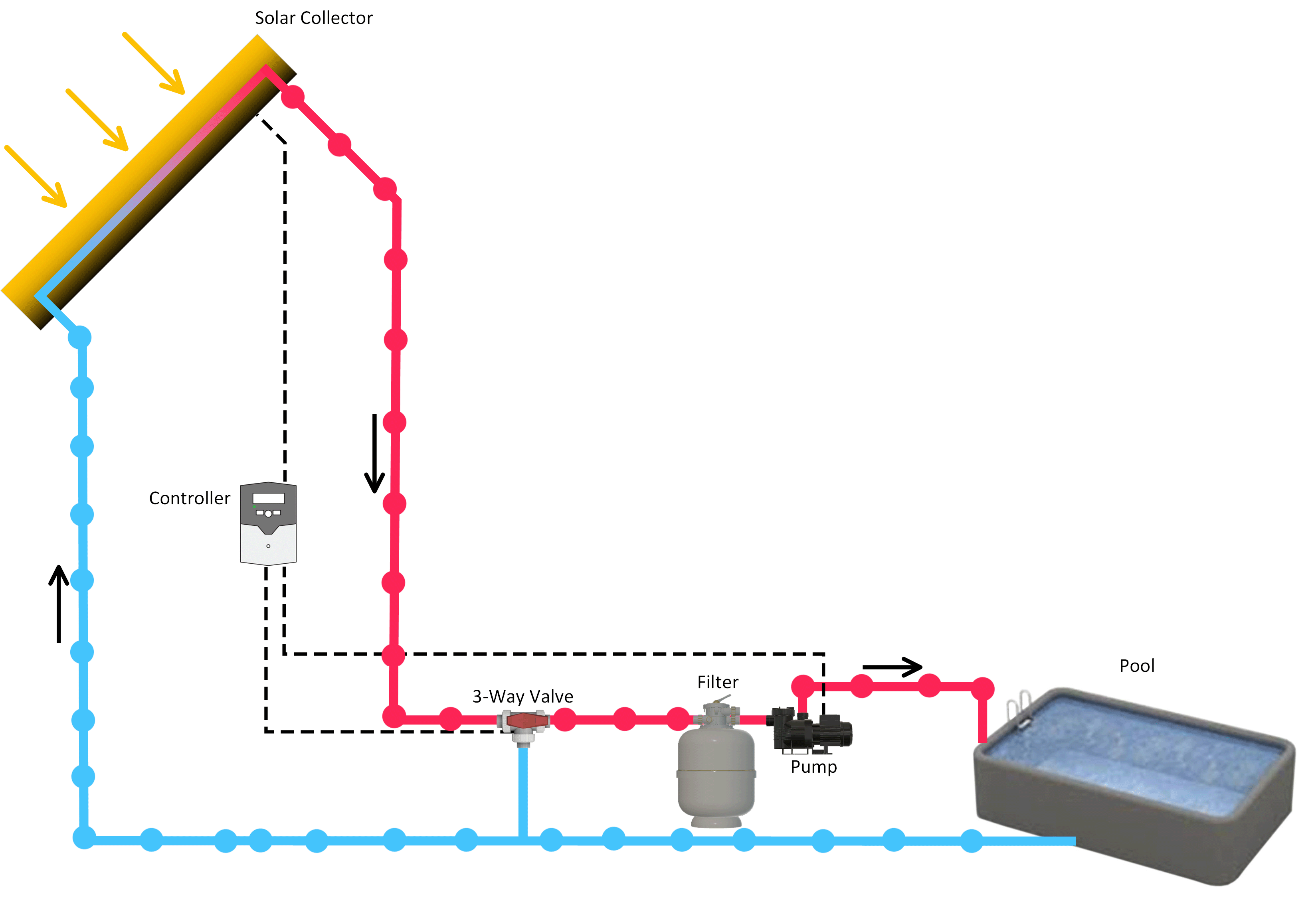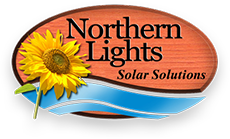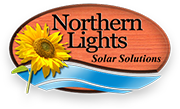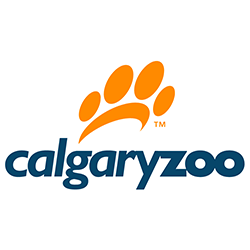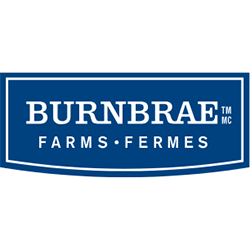Types of Solar Heating Systems
ACTIVE OR PASSIVE SYSTEM
Solar water heating systems can be either active or passive, but the most common are active systems. Active systems use pumps while passive solar systems run on gravity or thermosiphon. Northern Lights Solar Solutions designs application based around active systems with pumps and digital controllers designed specifically for the solar industry.
Solar water heating systems can do more than just heat your hot water. With modern day vacuum tubes, solar thermal heating can be used in many more applications. Pool Heating, hot water heating, space heating, and commercial solar heating are just some of the areas where solar thermal energy applications are being applied.
Active Indirect-Circulation (closed loop) uses a heat-transfer fluid (water or a diluted antifreeze fluid) to collect heat and a heat exchanger to transfer the heat to the potable water indirectly. Heat exchangers transfer the heat from the heated fluid to the potable water (or other fluid). Some indirect systems have "overheat protection" by-pass which removes the heat that cannot be used. This protects the collector and the glycol fluid from becoming super-heated when the load is low and the solar intensity of incoming solar radiation is high. The heat transfer fluid is usually a glycol-water mixture with the glycol concentration depending on the expected minimum temperature. The glycol is usually food-grade Propylene glycol because it is non-toxic. This system is typically used in hot water heating and/or in floor radiant heating. Our Thermax Extreme Solar Swimming Pool Heaters uses an active indirect design and can operate below freezing if antifreeze is used in the solar loop.
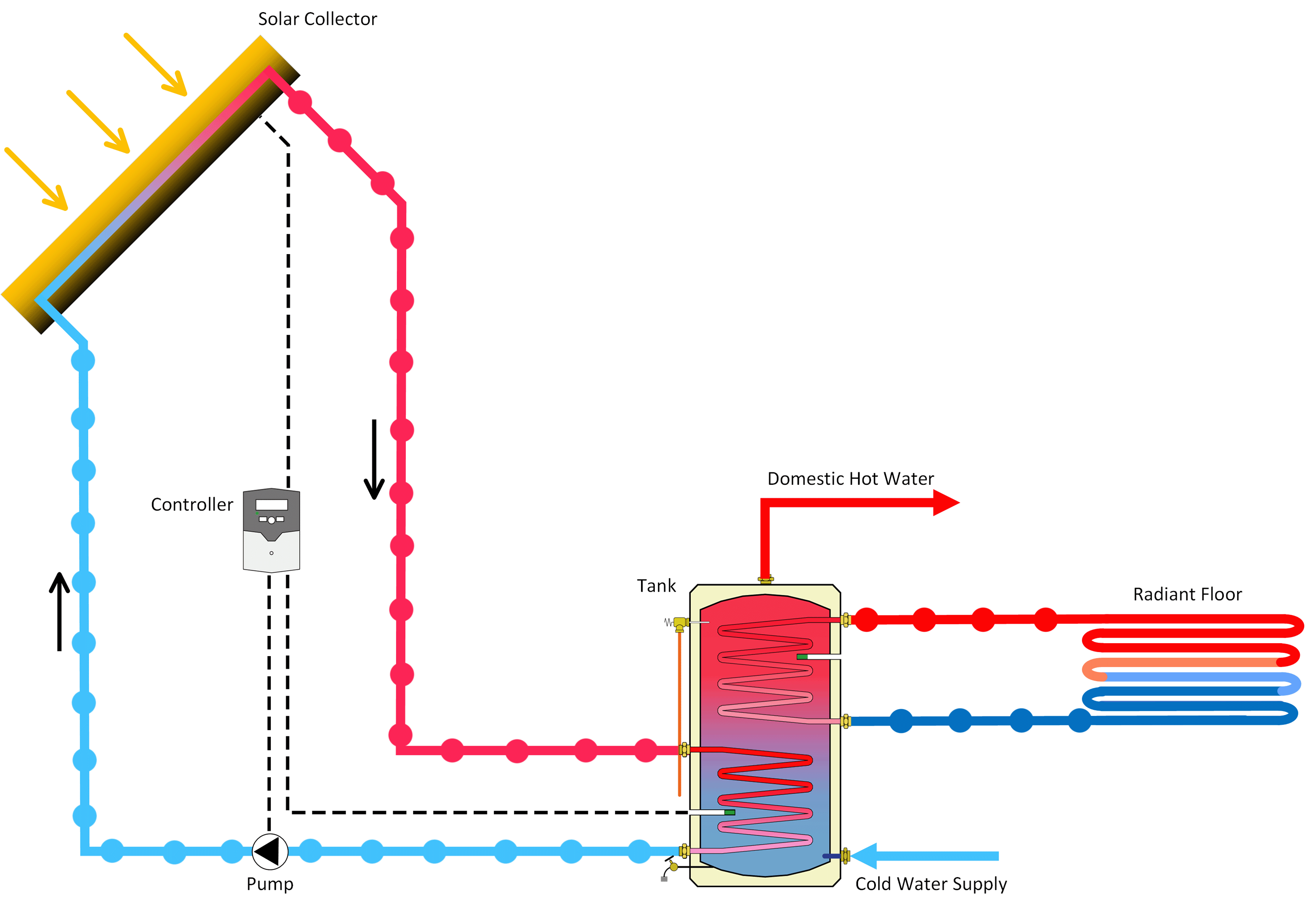
Indirect Hot Water & Radiant Heat
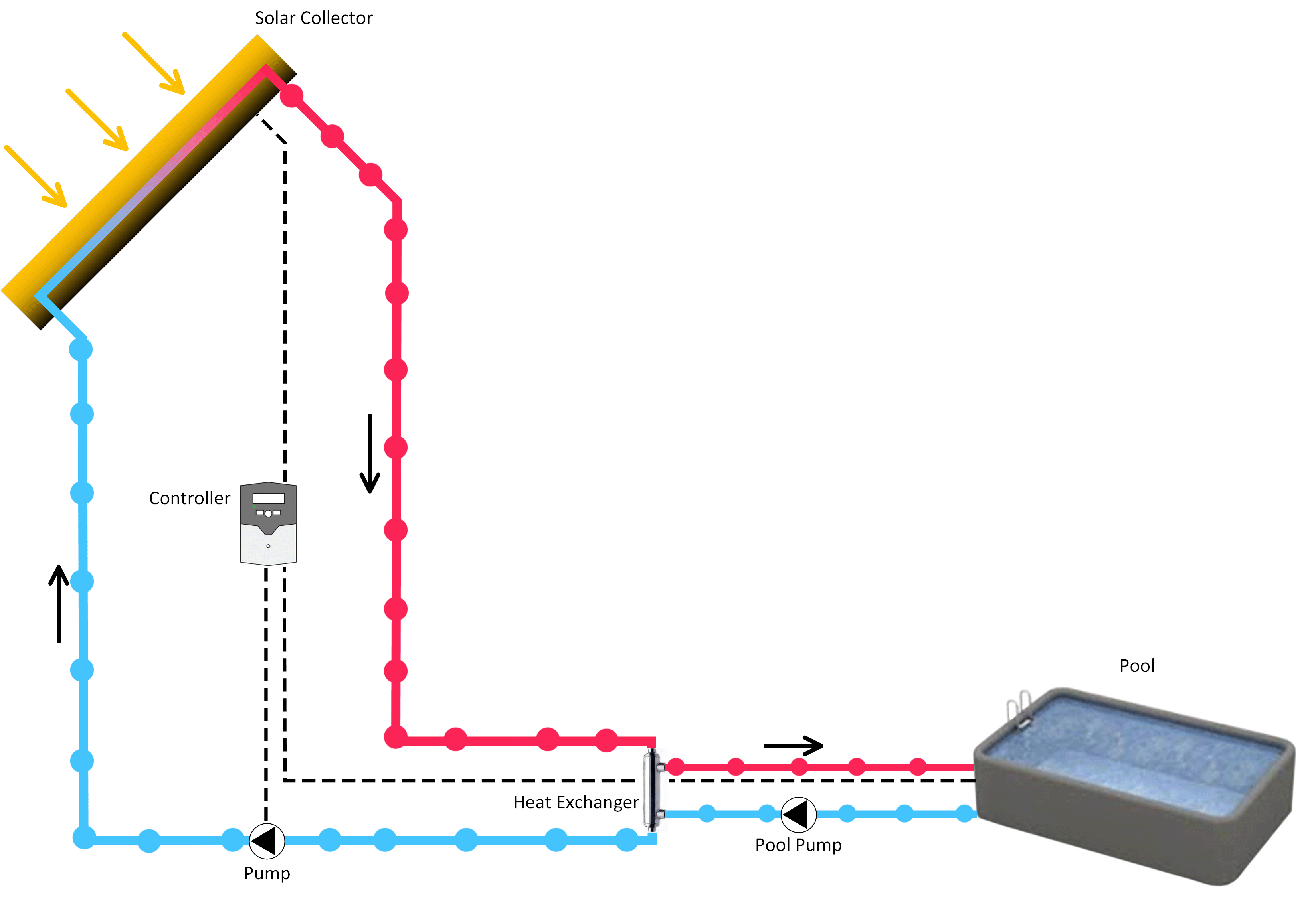
Indirect Solar Pool Heater
Active Direct-Circulation Mostly found in solar swimming pool systems, open loop systems use pumps to circulate water directly through the collectors. These systems are appropriate in areas that do not freeze for long periods and do not have hard or acidic water. Our Thermax Solar Pool Heating Systems use an active direct solar design, as most pools are not operated in freezing months. An open loop system operates at atmospheric pressure. In an open loop system, the usable hot water is directly circulated through the solar heating system.
